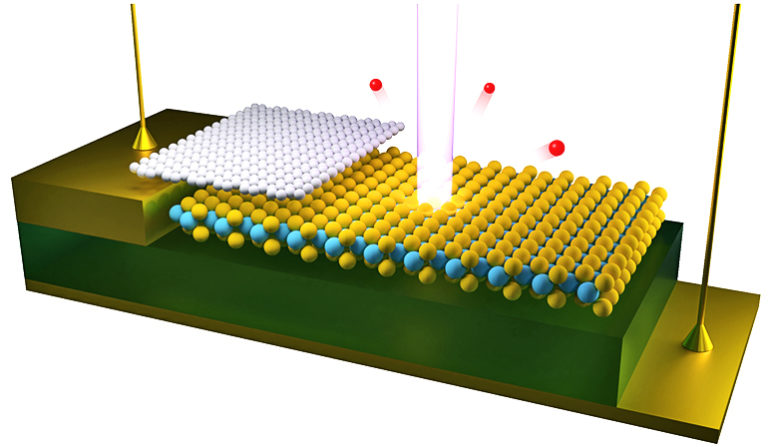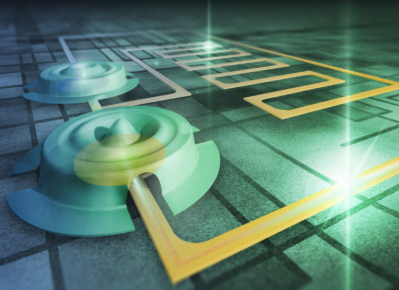Nanoassemblers can include nano-transistors and nano-diodes or even components of nano-robots (PhD Nano-Microelectronics)
Researcher and author: Dr. ( Afshin Rashid)
Note: These devices, which include nanotransistors and nanodiodes, can be used in nanometer robots, nanoelectromechanical systems (NEMS), microelectromechanical systems (MEMS), and microfluidic devices. The mechanical action required to initiate deformation can be the pressing of a key, the pressure of passing a fluid, the stretching of muscles, or the movement of the limbs of a robot.
Nano-Microelectronics is developing new methods for making nanotransistors on a small scale, measuring several tens of nanometers, which is derived from a science called nanotechnology. Unlike today's nanotransistors, which behave based on the mass motion of electrons in matter, new devices follow the phenomena of nanoscale quantum mechanics in which the discrete nature of the electron can no longer be ignored. By shrinking all the horizontal and vertical dimensions of the transistor, the electric charge density in the various regions of the nanotransistor increases, or in other words, the number of electrical charges per unit area of the nanotransistor increases. This has two negative consequences : First, by increasing the density of the electric charge, the possibility of discharging the electric charge from the insulated areas of the transistor increases. And this causes damage to the transistor and its failure. This is similar to the discharge of excess electrical charge between the cloud and the ground in the phenomenon of lightning, which ionizes air molecules into negative and positive ions. Second , as the density of the electric charge increases, the electrons may move out of the radius of one atom and into the radius of the adjacent atom under the influence of the momentum or abduction forces that have now increased. In quantum physics, this is called tunneling. Electron tunneling from one atom to an adjacent atom is a phenomenon that occurs on a small scale between electrons. This phenomenon is the basis of some electronic components and some nanoscopes. But in nanotransistors this is not a useful phenomenon, because tunneling electrons from one atom to an adjacent atom is possible. Is to continue and cause an electric current. Although this electric current may be very small, because it is unintended and unpredictable, it acts as a leakage path for the electric current and changes the electrical behavior of the nanotransistor.
One of the industries that benefits most from the growth of nanotechnology is the electronics industry. Computers and their components are designed in such a way that they are constantly moving towards reducing and optimizing the dimensions of the components. In such a situation, the role of nanotechnology in the computer can draw attention to itself. Nanotechnology is the field of application of ultra-small components together. In the case of computers, the goal is to put these nanometer components together to make computers faster, more powerful, and smoother in smaller volumes. Which are used in nano-microelectronics systems. Nanotechnology has played and will continue to play a major role in the design scenario of newer and faster computers.
Conclusion :
These devices, which include nanotransistors and nanodiodes, can be used in nanometer robots, nanoelectromechanical systems (NEMS), microelectromechanical systems (MEMS), and microfluidic devices. The mechanical action required to initiate deformation can be the pressing of a key, the pressure of passing a fluid, the stretching of muscles, or the movement of the limbs of a robot.
Researcher and author: Dr. ( Afshin Rashid)
PhD in Nano-Microelectronics




